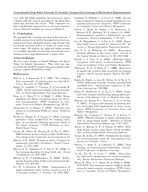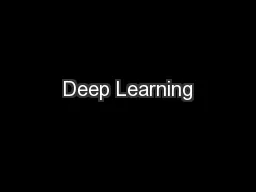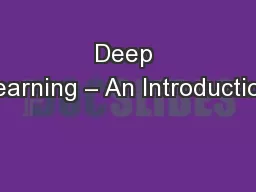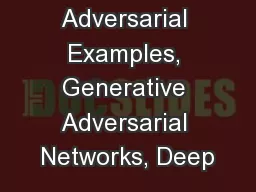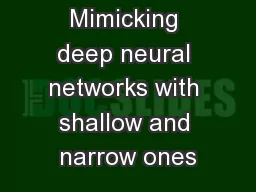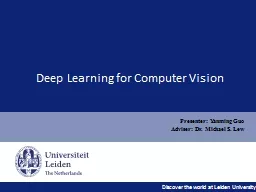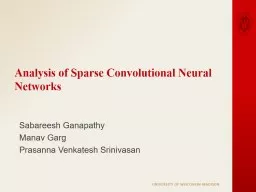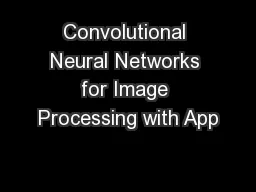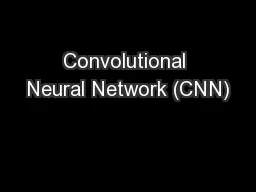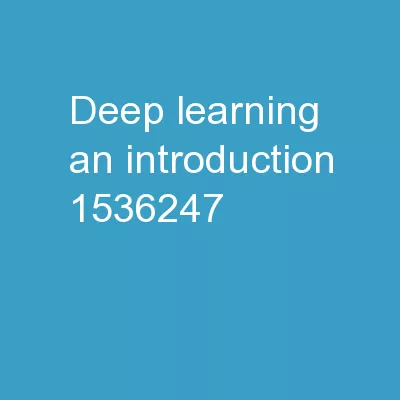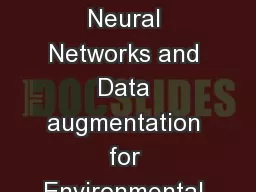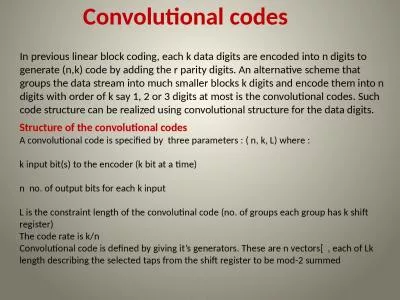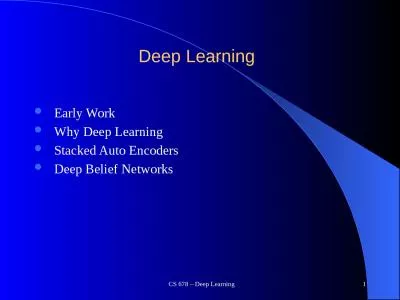PDF-Convolutional Deep Belief Networks for Scalable Unsupervised Learning of Hierarc
Author : cheryl-pisano | Published Date : 2014-10-06
stanfordedu Roger Grosse rgrossecsstanfordedu Rajesh Ranganath rajeshrcsstanfordedu Andrew Y Ng angcsstanfordedu Computer Science Department Stanford University
Presentation Embed Code
Download Presentation
Download Presentation The PPT/PDF document "Convolutional Deep Belief Networks for S..." is the property of its rightful owner. Permission is granted to download and print the materials on this website for personal, non-commercial use only, and to display it on your personal computer provided you do not modify the materials and that you retain all copyright notices contained in the materials. By downloading content from our website, you accept the terms of this agreement.
Convolutional Deep Belief Networks for Scalable Unsupervised Learning of Hierarc: Transcript
Download Rules Of Document
"Convolutional Deep Belief Networks for Scalable Unsupervised Learning of Hierarc"The content belongs to its owner. You may download and print it for personal use, without modification, and keep all copyright notices. By downloading, you agree to these terms.
Related Documents

